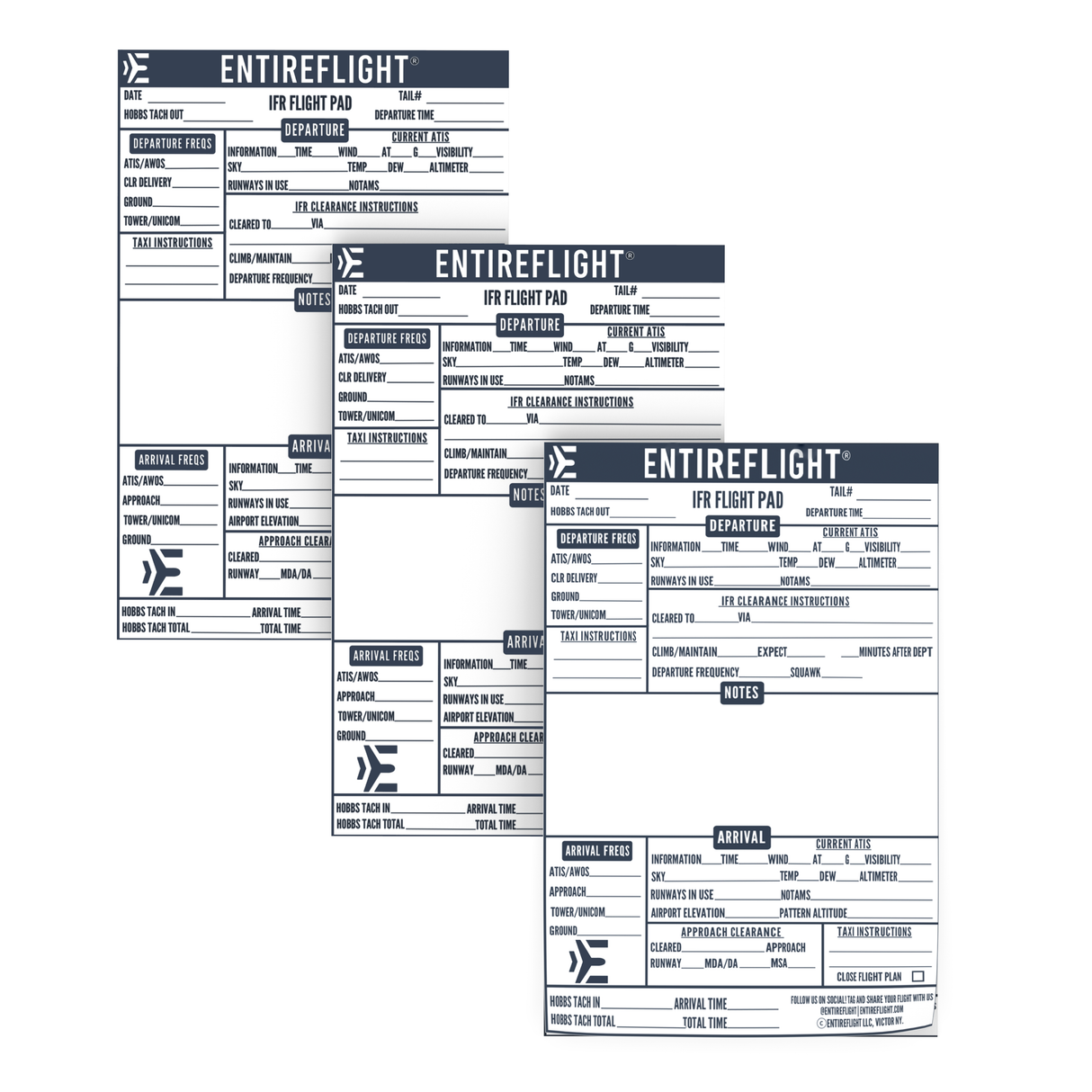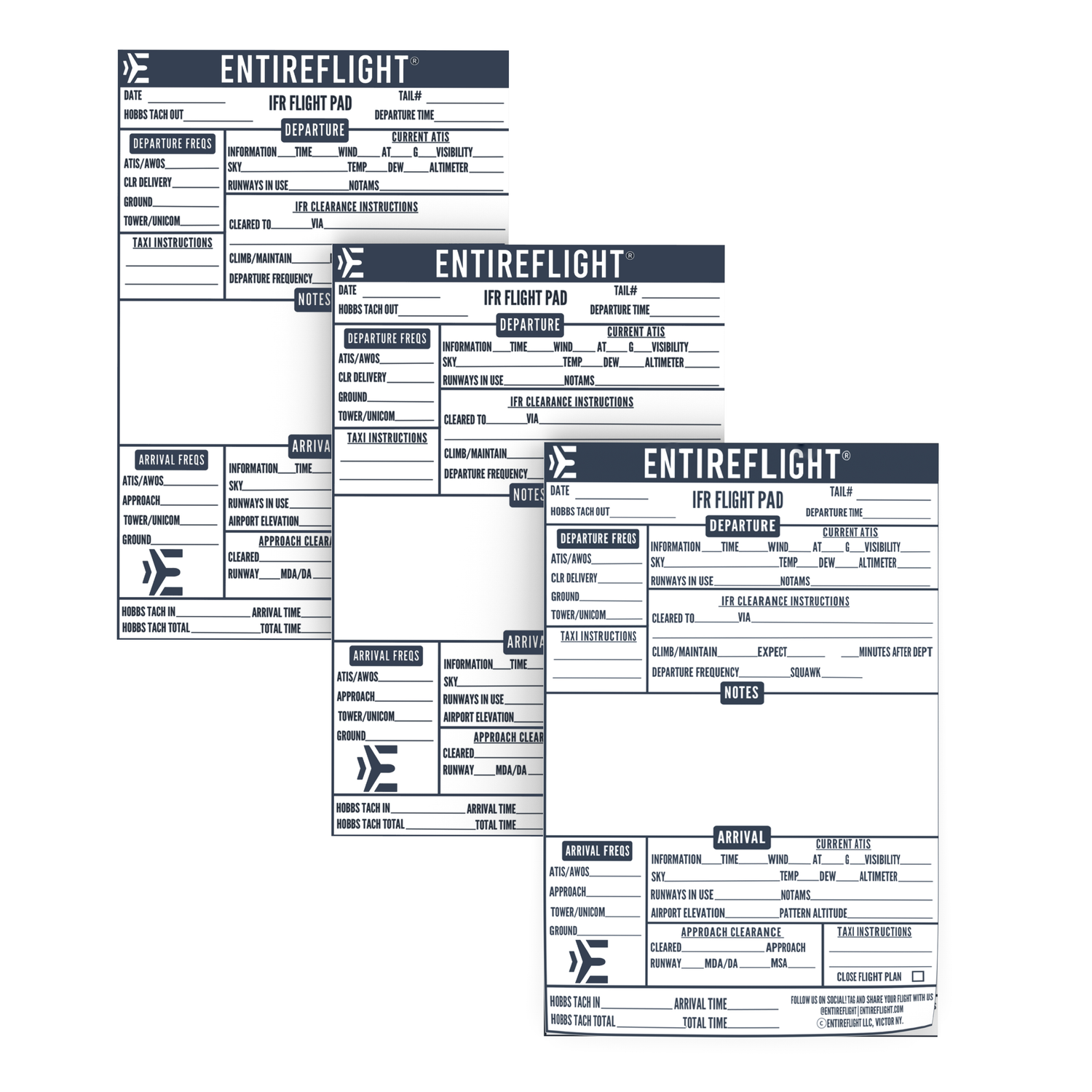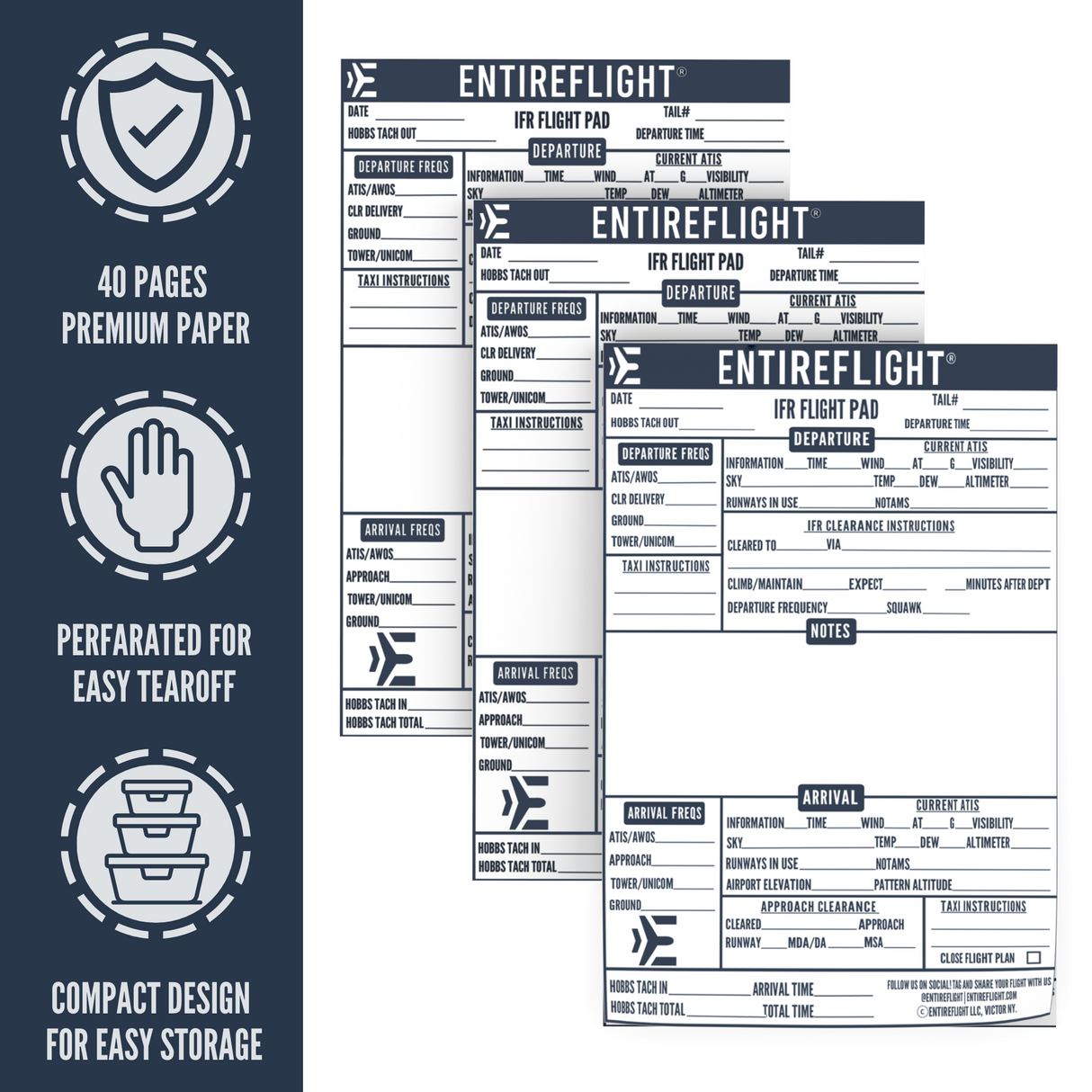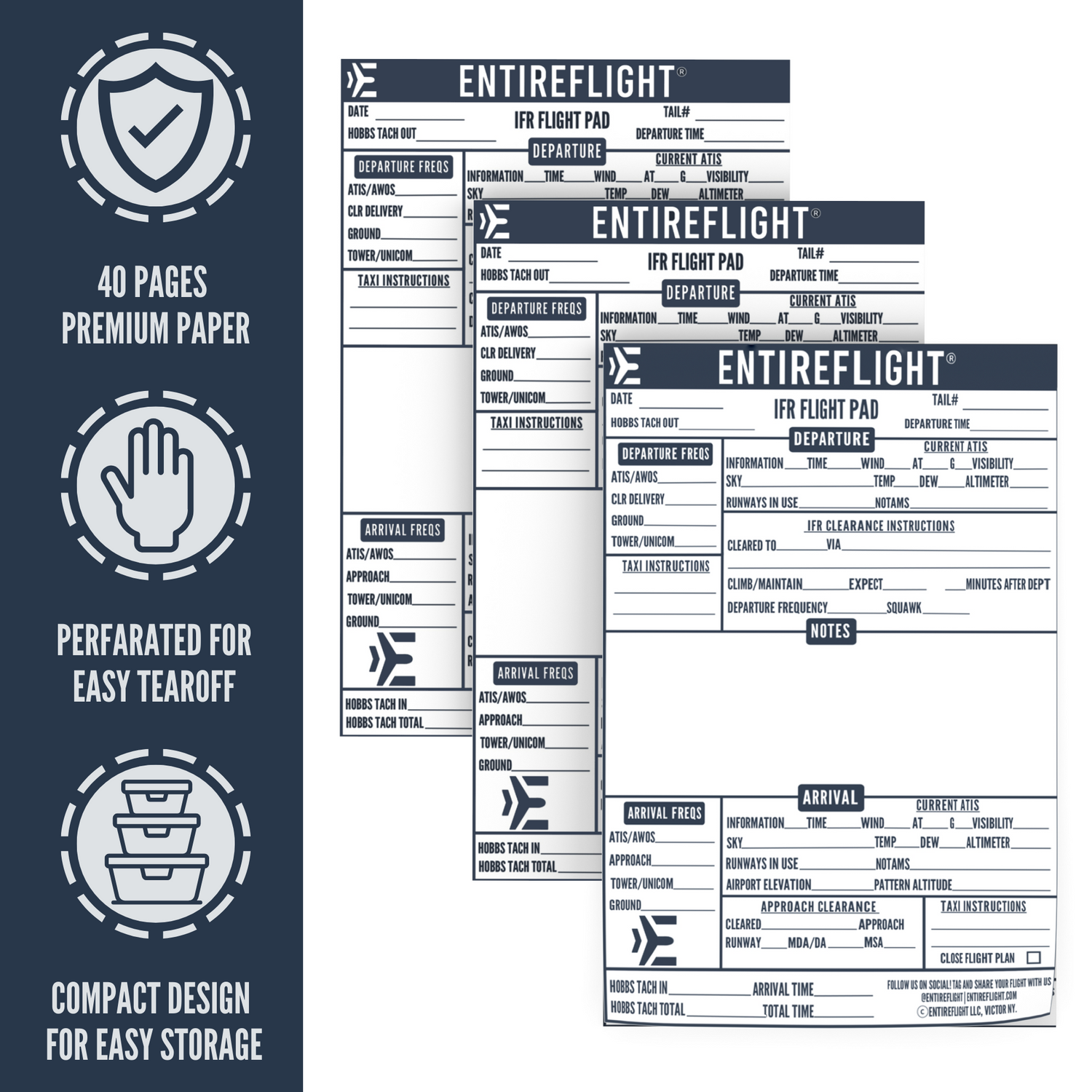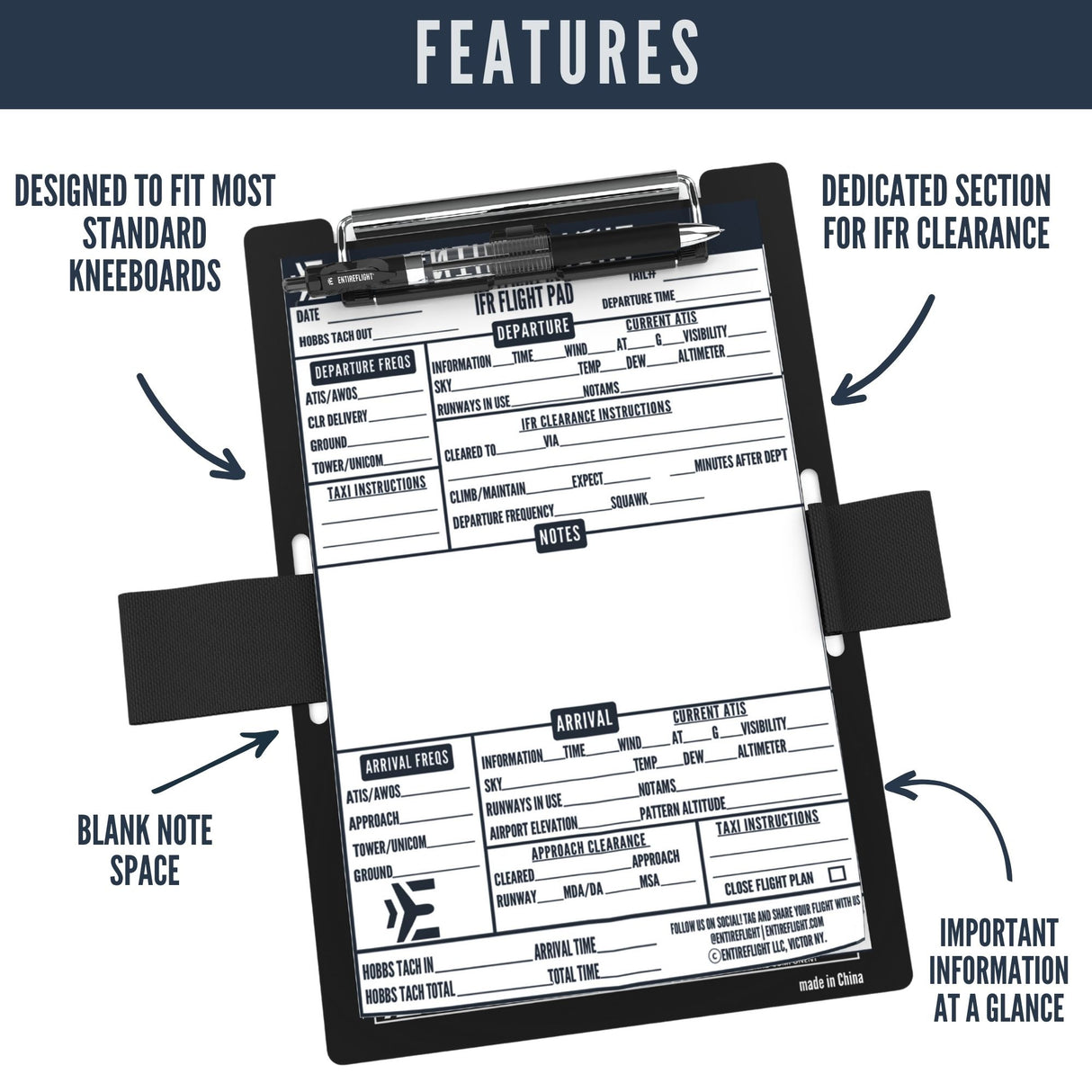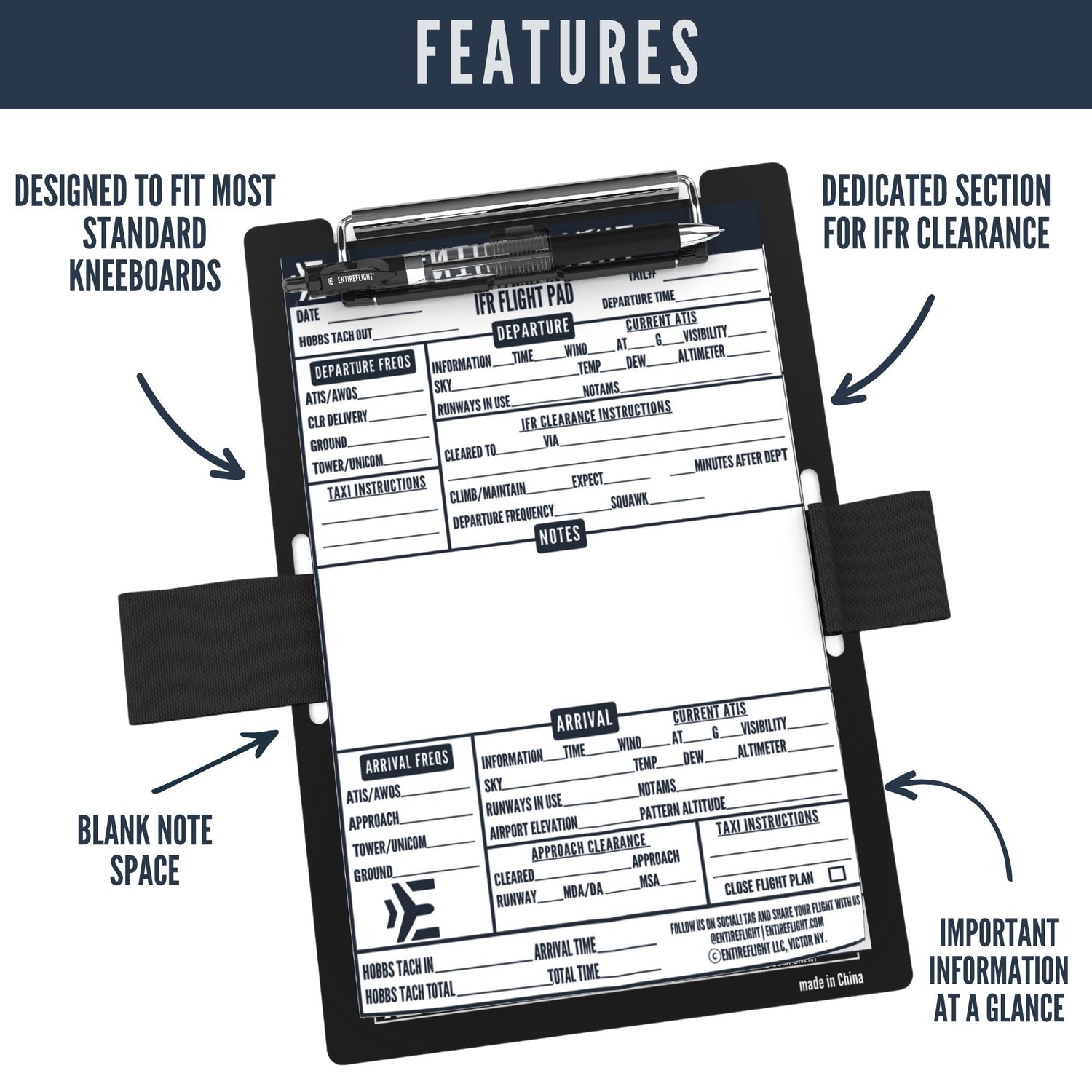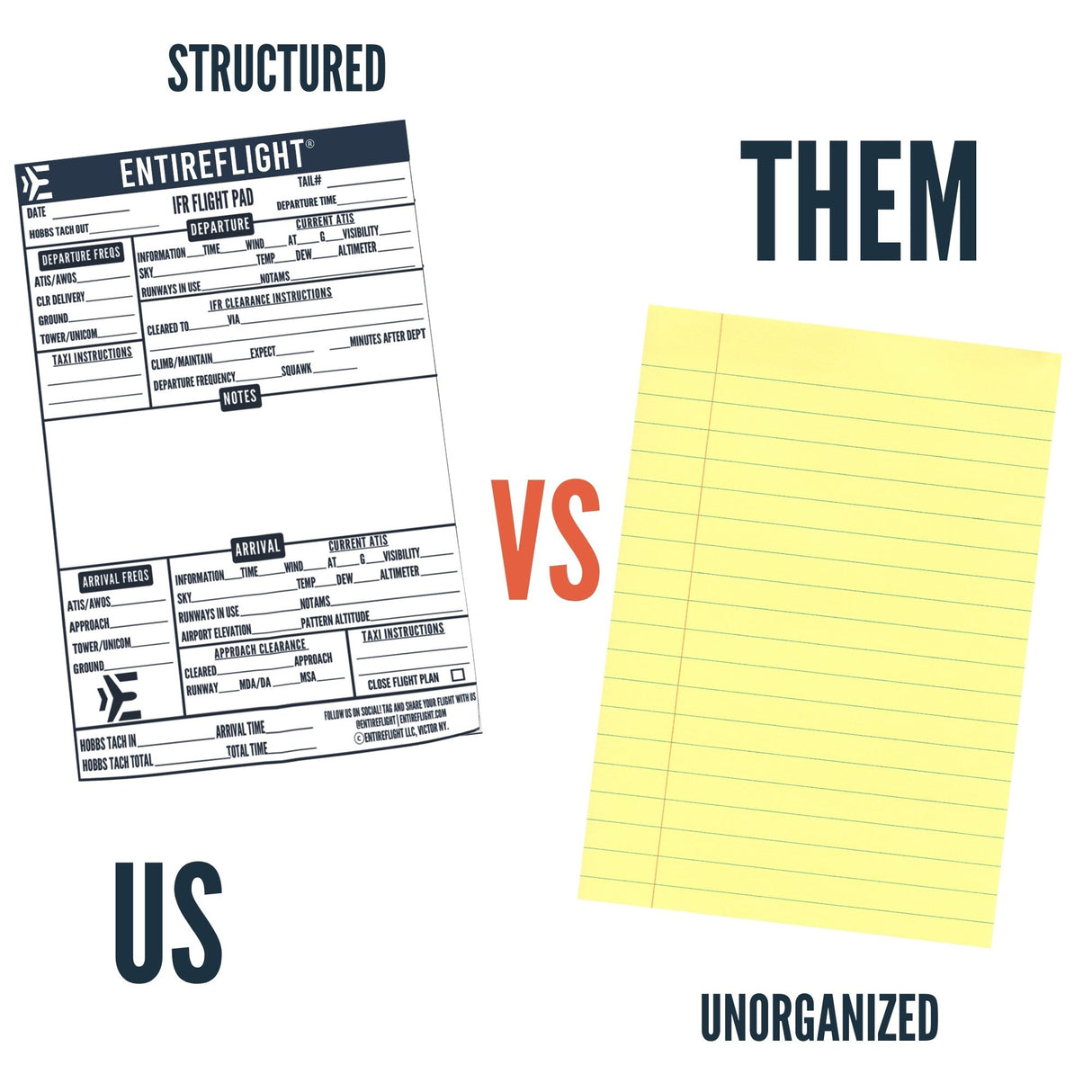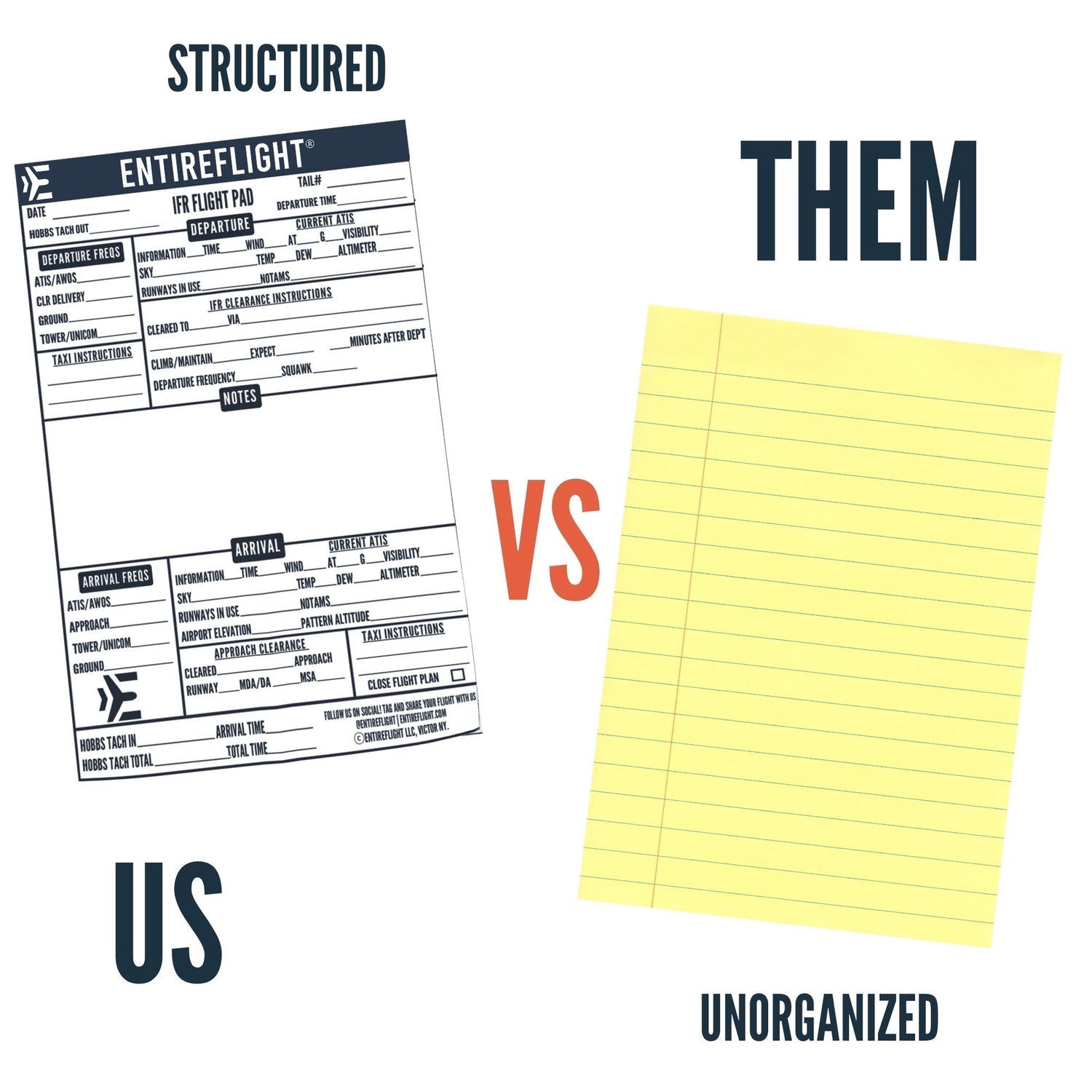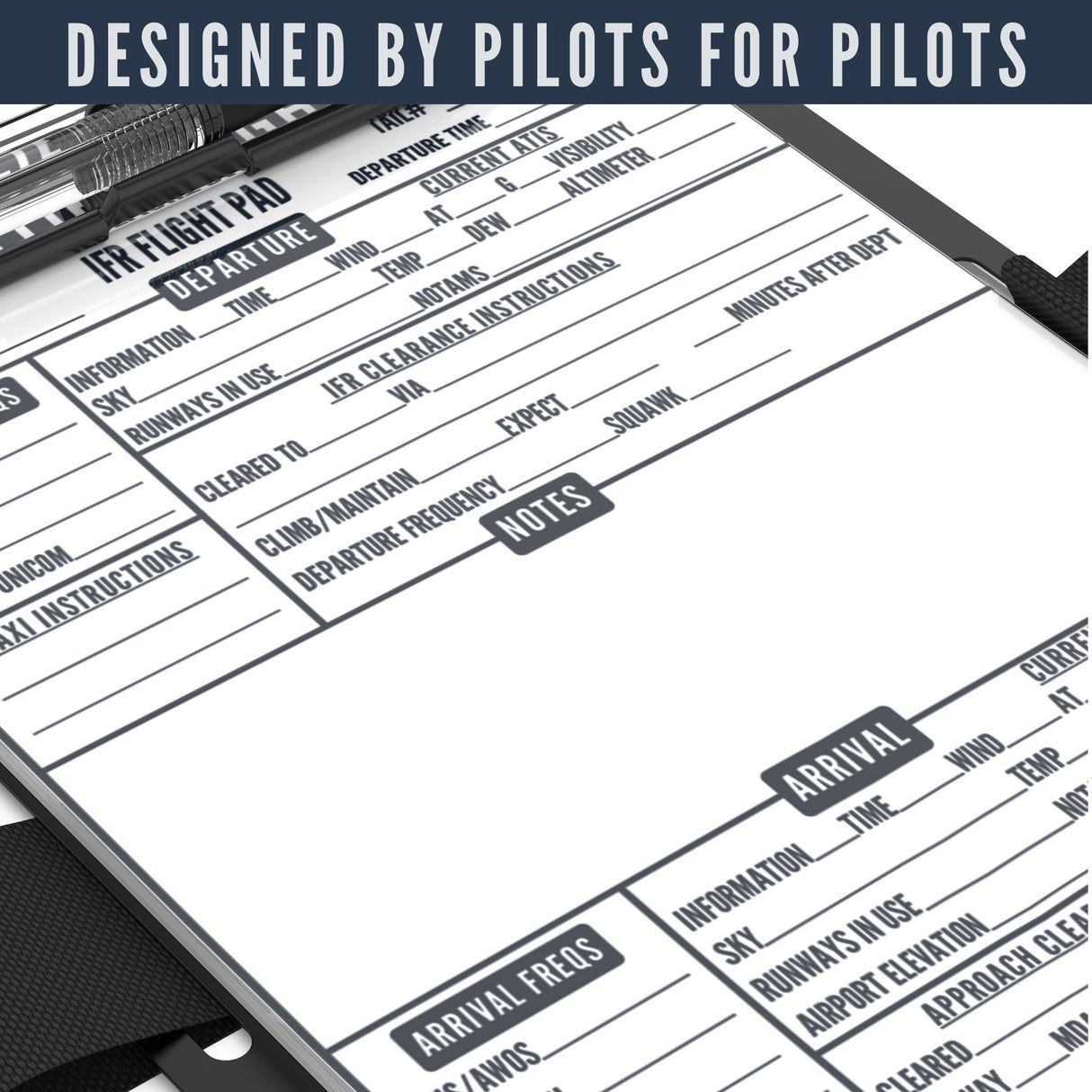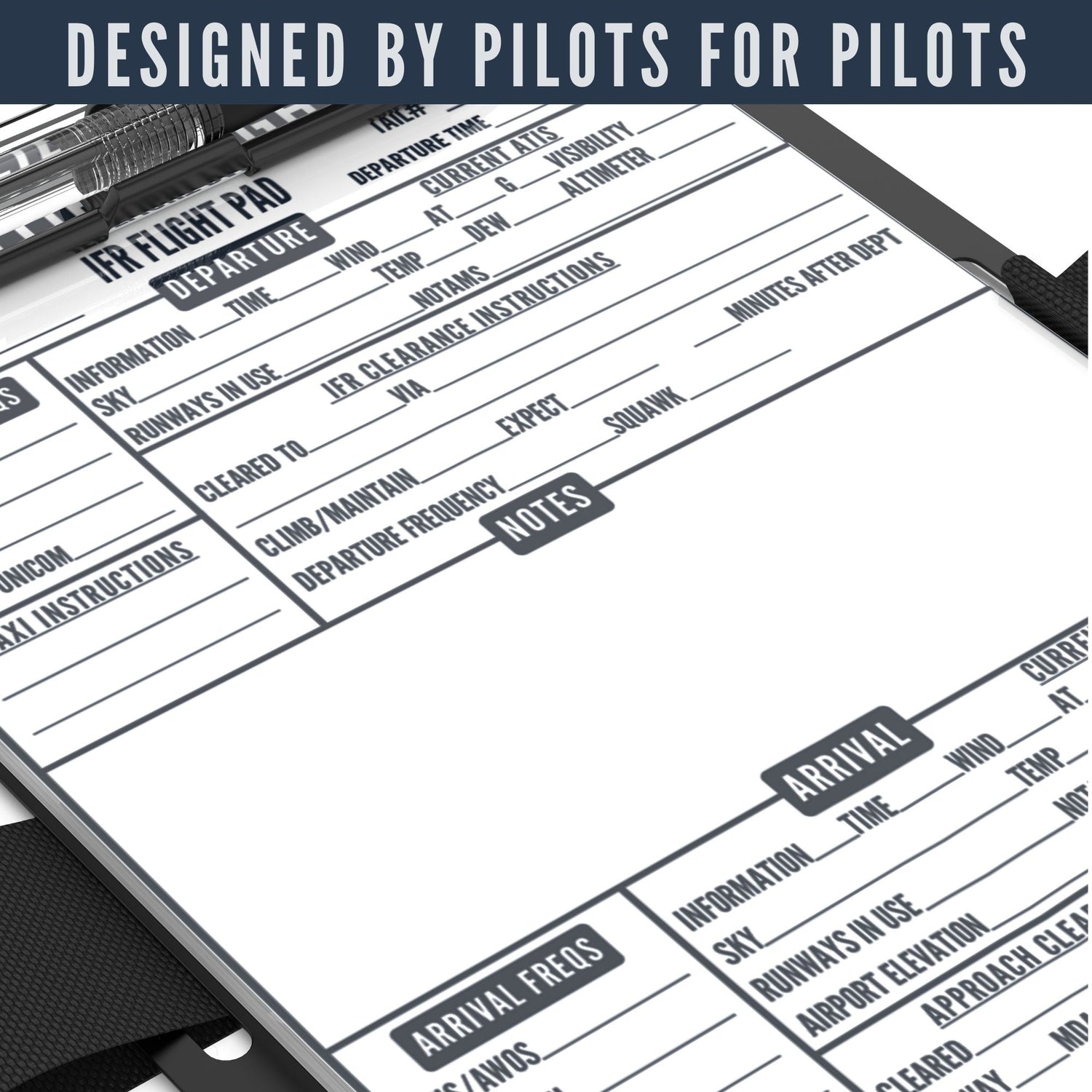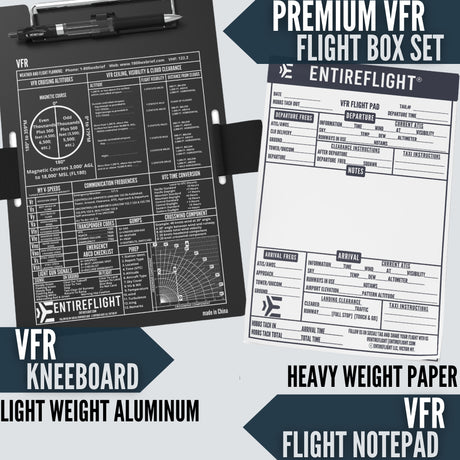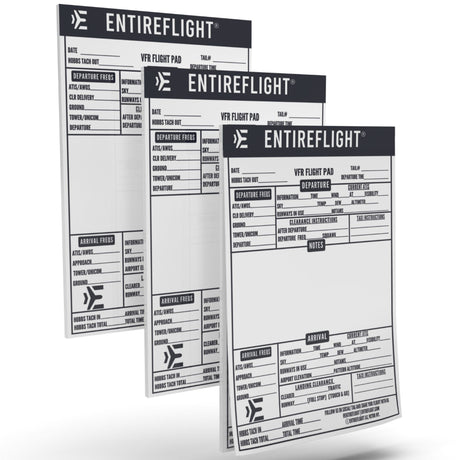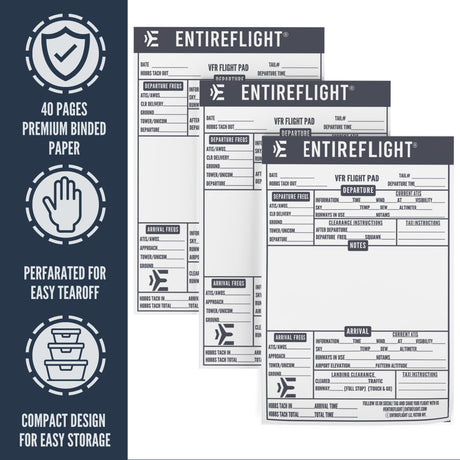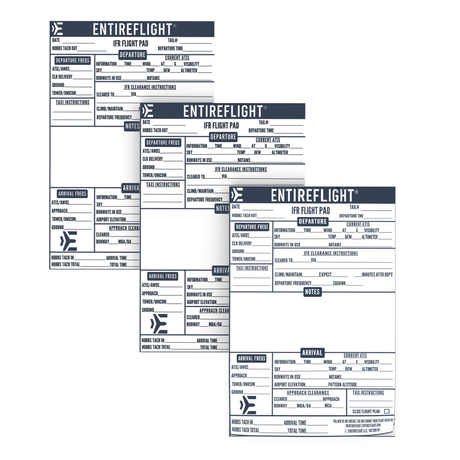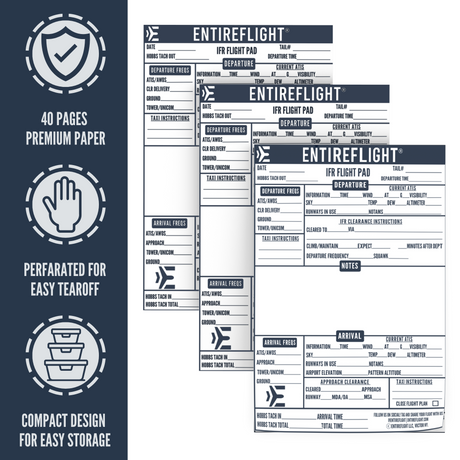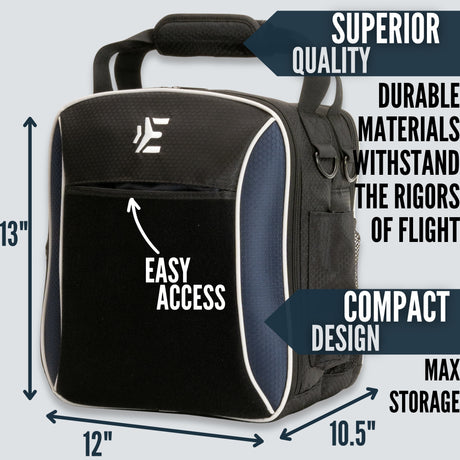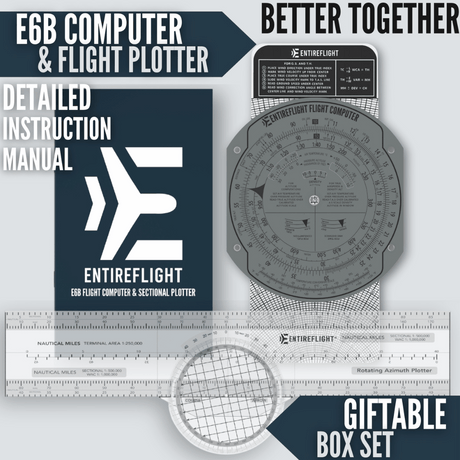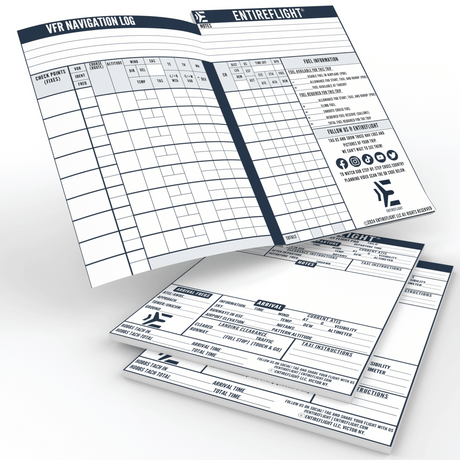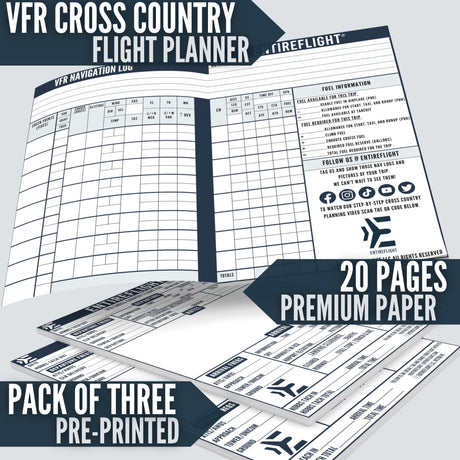When it comes to helicopter flying, hovering is a crucial technique that allows you to maintain a stable position in the air without moving forward, backward, or sideways. Hovering is a critical skill that every helicopter pilot must master, as it’s required for various operations such as search and rescue, firefighting, law enforcement, and military missions.
To hover a helicopter, you need to maintain a delicate balance between the helicopter's weight, the power of the rotor system, and the air's natural tendencies. Hovering requires a high level of precision and control, and it can be challenging even for experienced pilots. However, with the right techniques and training, you can learn to hover a helicopter like a pro, and it can open up a whole new world of possibilities in your flying career.
In this article, we'll explore the basics of helicopter hovering techniques, including the different types of hovering, the factors that affect hovering performance, and the essential skills you need to master to become a proficient helicopter pilot. Whether you're a new pilot looking to learn the fundamentals of hovering or an experienced aviator looking to refine your hovering skills, this guide will provide you with the knowledge and techniques you need to succeed.
Understanding Helicopter Hovering
Hovering is a critical skill for helicopter pilots, and it requires a solid understanding of the physics of flight and the helicopter's controls. In this section, we will cover the basics of helicopter hovering, including the physics involved and the controls used to maintain a steady hover.
Physics of Hovering
Hovering is a complex process that involves several forces and factors, including lift, thrust, weight, and torque. To hover, a helicopter must generate enough lift to counteract its weight, and enough thrust to counteract the torque generated by the main rotor.
The lift generated by the main rotor is controlled by the collective, which adjusts the angle of attack of the rotor blades. The throttle controls the amount of power delivered to the rotor, which affects the amount of lift generated. The cyclic control adjusts the pitch of the rotor blades as they rotate, allowing the helicopter to move forward, backward, left, or right.
The anti-torque pedal controls the tail rotor, which generates thrust in the opposite direction of the main rotor's torque. This counteracts the torque and keeps the helicopter from spinning in the opposite direction.
Helicopter Controls
To maintain a steady hover, the pilot must make constant adjustments to the helicopter's controls. The cyclic control is used to make small adjustments to the helicopter's position, while the collective and throttle are used to adjust the amount of lift and thrust generated by the main rotor.
The anti-torque pedal is used to keep the helicopter from spinning, and the cyclic control is used to maintain a steady position. The pilot must make constant adjustments to all three controls to maintain a steady hover in any conditions.
In summary, hovering is a complex process that requires a solid understanding of the physics of flight and the helicopter's controls. By mastering the collective, throttle, cyclic, and anti-torque pedal, a skilled pilot can maintain a steady hover in any condition.
Learning to Hover
It requires a lot of practice and patience to achieve a stable hover. In this section, we'll cover the first steps to take when learning to hover, as well as common errors and coordinated corrections.
First Steps
When learning to hover, the first step is to understand the helicopter's controls. The cyclic controls the helicopter's attitude, while the collective controls the altitude. The pedals control the yaw of the helicopter.
Once you understand the controls, the next step is to practice hovering in a stable position. Start by hovering a few feet off the ground and maintaining a stable hover for a few seconds. Gradually increase the altitude and hover time as you gain more experience.
Common Errors and Corrections
One of the most common errors when learning to hover is over-controlling the cyclic. This can cause the helicopter to become unstable and difficult to control. To correct this, try to make small adjustments to the cyclic and focus on maintaining a stable hover.
Another common error is not coordinating the collective and cyclic controls. This can cause the helicopter to drift in different directions. To correct this, practice coordinated corrections by making small adjustments to both the collective and cyclic controls simultaneously.
Advanced Hovering Techniques
As you gain more experience with hovering, you can begin to experiment with more advanced techniques that require precise control and coordination. Here are two techniques to try:
Hover Taxi and Maneuvering
Hover taxiing is a technique that allows you to move laterally while hovering. To perform a hover taxi, you'll need to use a combination of cyclic and collective inputs while maintaining a stable hover. Here's how to do it:
- Begin by hovering in a stable position.
- Use the cyclic to move the helicopter in the desired direction.
- Adjust the collective as necessary to maintain altitude.
- Use the pedals to maintain orientation and axis of rotation.
Once you've mastered hover taxiing, you can begin to experiment with more complex maneuvers, such as figure eights and S-turns.
Hovering in Various Conditions
As you become more comfortable with hovering, you'll want to practice in a variety of conditions to prepare for real-world scenarios. Here are some factors to consider when hovering in different conditions:
- Wind: Wind can make hovering more challenging, especially if it's gusty or turbulent. Always be aware of the wind direction and adjust your inputs as necessary to maintain a stable hover.
- Visibility: Poor visibility can make it difficult to maintain orientation and avoid obstacles. Always be aware of your surroundings and use caution when hovering in low visibility conditions.
- Obstacles: When hovering near obstacles, such as trees or buildings, it's important to maintain a safe distance and be aware of any potential hazards.
- Surface: The type of surface you're hovering over can also affect your hover. If you're hovering over water or a soft surface, such as sand, you may need to adjust your inputs to maintain a stable hover.
By practicing these advanced techniques and considering these factors, you'll become a more confident and skilled helicopter pilot.
Safety Considerations in Hovering
When hovering a helicopter, safety should always be your top priority. Here are some important safety considerations to keep in mind:
Engine Failure and Emergency Procedures
Engine failure can occur at any time during hovering, so it is important to be prepared for such an event. Make sure you are familiar with the emergency procedures outlined in your helicopter's flight manual. You should also be aware of the height-velocity chart for your aircraft, which will help you determine the safest course of action in the event of an engine failure.
Crew Coordination
Hovering requires close coordination between the pilot and any crew members on board. Make sure everyone understands their role and responsibilities, and that communication is clear and concise. Crew members should be aware of the aircraft's control inputs, and should be prepared to assist the pilot in case of an emergency.
Helicopter Maintenance
Regular maintenance is essential to ensure the safe operation of your helicopter. Check the rotor blades, tail rotor, fuselage, skids, and other critical components for any signs of wear or damage before each flight. Make sure the RPM is within the recommended range, and that the hinge offset and teetering rotor are properly adjusted.
By following these safety considerations, you can help ensure a safe and successful hovering operation.
Frequently Asked Questions
1 - Why do helicopters hover in one spot?
Helicopters hover in one spot to maintain a stable position in the air without moving forward or backward. This is useful for various tasks such as search and rescue, filming, and firefighting.
2 - Can helicopters hover on autopilot?
Yes, helicopters can hover on autopilot. However, it requires a specific type of autopilot system that is capable of maintaining a stable hover. This is typically found in more advanced and expensive helicopters.
3 - How to hover a helicopter in GTA 5 PS4?
To hover a helicopter in GTA 5 PS4, you need to use the left stick to control the helicopter's altitude and the right stick to control its movement. It takes practice to master, but with patience and persistence, you can become proficient at hovering in GTA 5.
4 - Is hovering hard in a helicopter?
Hovering a helicopter can be challenging, especially for beginners. It requires a lot of concentration, coordination, and steady hands. However, with proper training and practice, anyone can learn to hover a helicopter.
5 - What are the maneuvers of a helicopter?
The maneuvers of a helicopter include hovering, forward flight, backward flight, sideways flight, turning, climbing, and descending. Each maneuver requires a different set of skills and techniques.
How can a helicopter turn to any desired heading in the hover?
To turn a helicopter to any desired heading in the hover, you need to use the pedals to yaw the helicopter in the desired direction while maintaining a stable hover with the cyclic and collective. This requires a lot of practice and coordination between the hands and feet.

